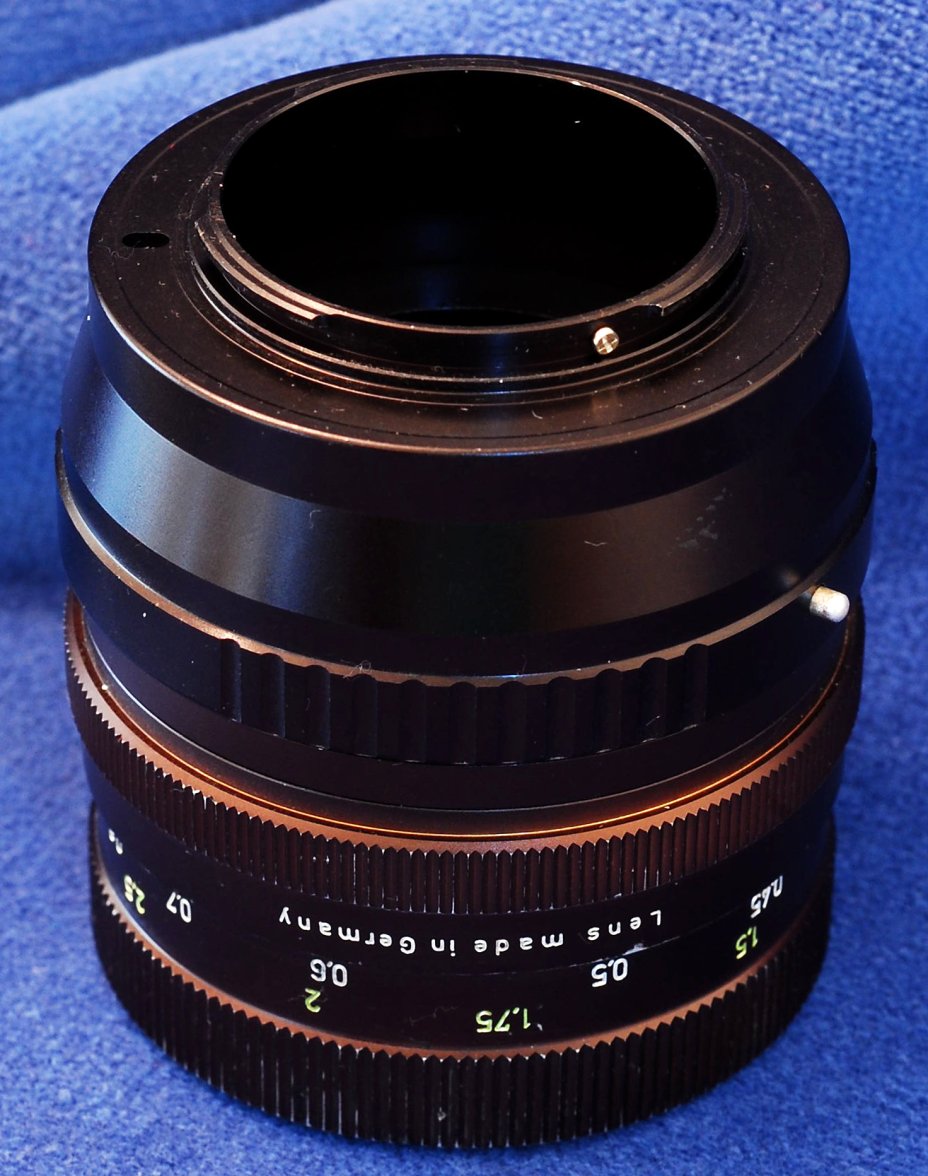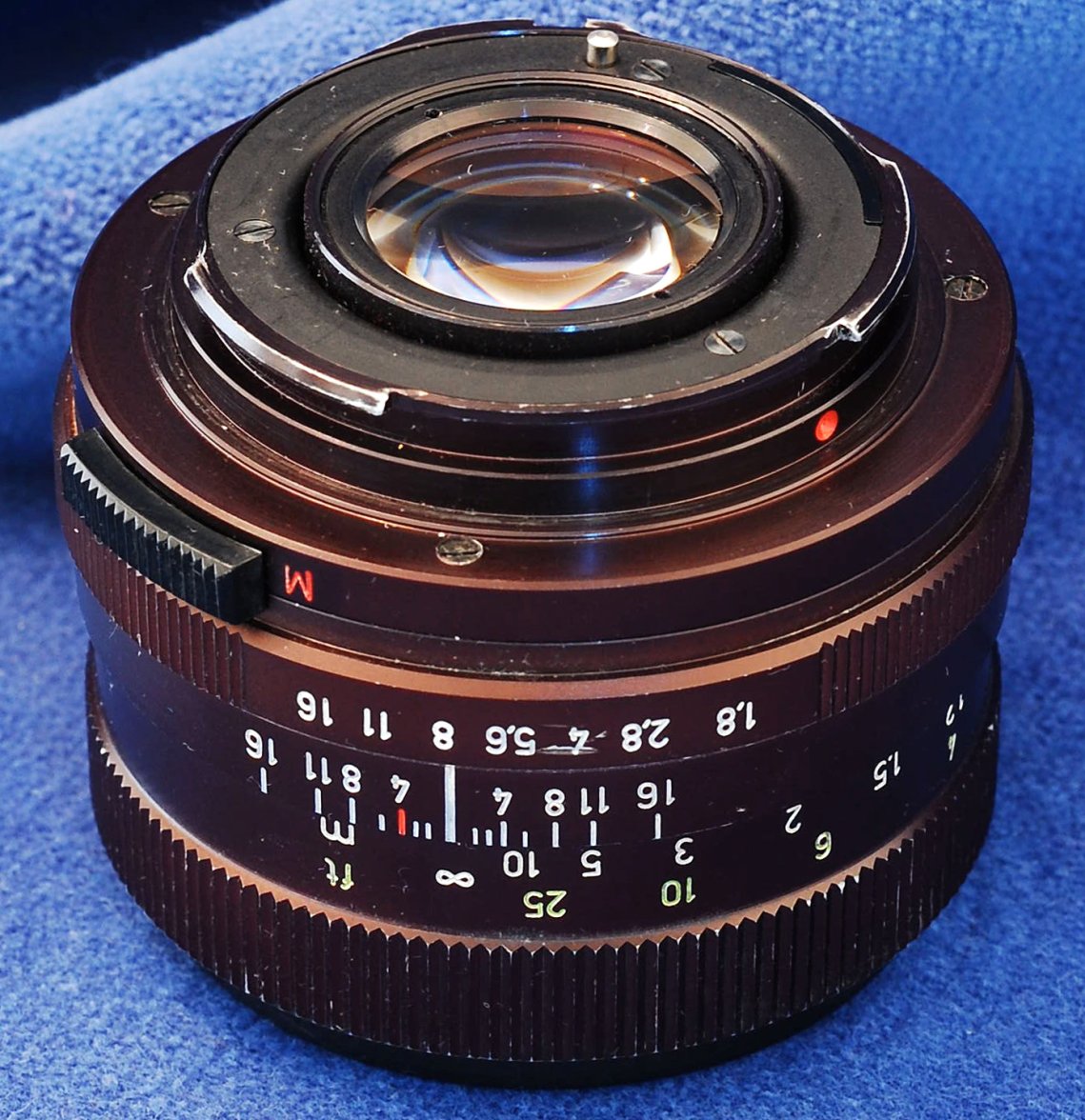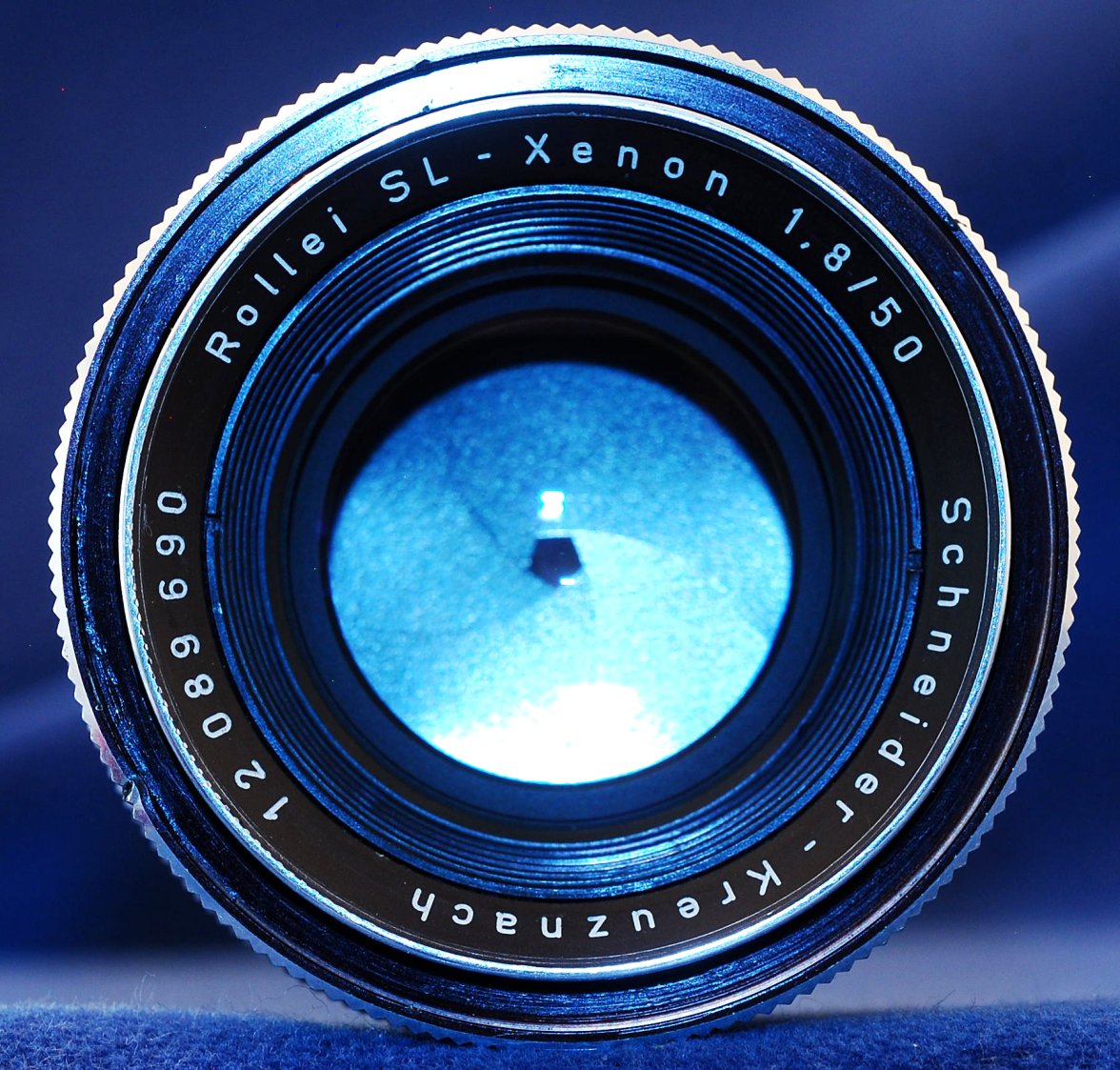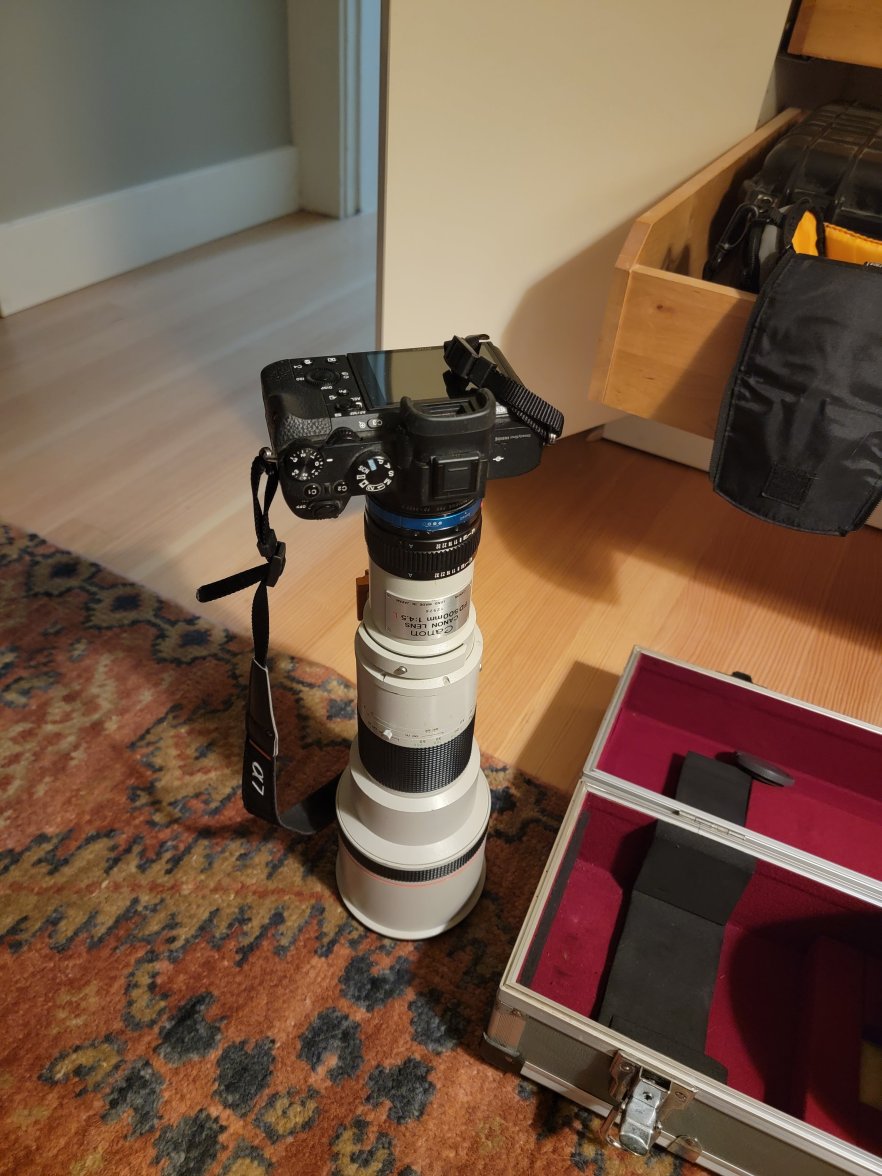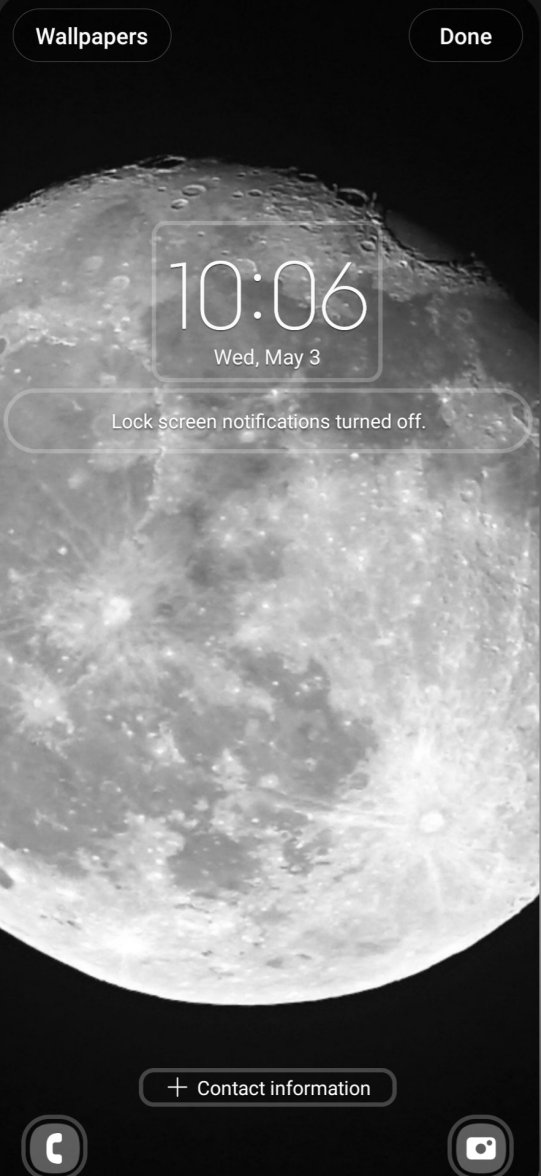gmmy775
·Interesting watches and camera gear go hand in hand...to share a great timepiece with others continents away you need to have an image of it. Yes, one can just use their i-phone, and because of the tiny sensors they have some advantages...such as extended depth-of-field. Not much of an accomplishment though, albeit composition still must happen. Hardly anyone is using film anymore. But the legacy manual focus glass from film cameras have common elements with mechanical watches. One, they are superbly built. With care they are still usable on some DSLRs, notably Nikon and Pentax. And mounted to a mirrorless camera, well just about anything with a couple of lens groups can be adapted and used to capture pro level work, for as far into the future as can be reasonably imagined. Another factor, such as comparing them to manual wind 1950s-60s watch movements, these can be completely disassembled, cleaned, lubricated, and adjusted. Resulting in a lens that performs like new.
What I would like to see is how other shooters have utilized the advantages of these ageless optical marvels, whether on a mirrorless or a DSLR. I will start it out with some shots I took of my first mirrorless, over ten years ago, an Olympus EP-1 with an adapted Rollei SL Xenon built by Schneider. And an image that I captured with it.
What I would like to see is how other shooters have utilized the advantages of these ageless optical marvels, whether on a mirrorless or a DSLR. I will start it out with some shots I took of my first mirrorless, over ten years ago, an Olympus EP-1 with an adapted Rollei SL Xenon built by Schneider. And an image that I captured with it.



